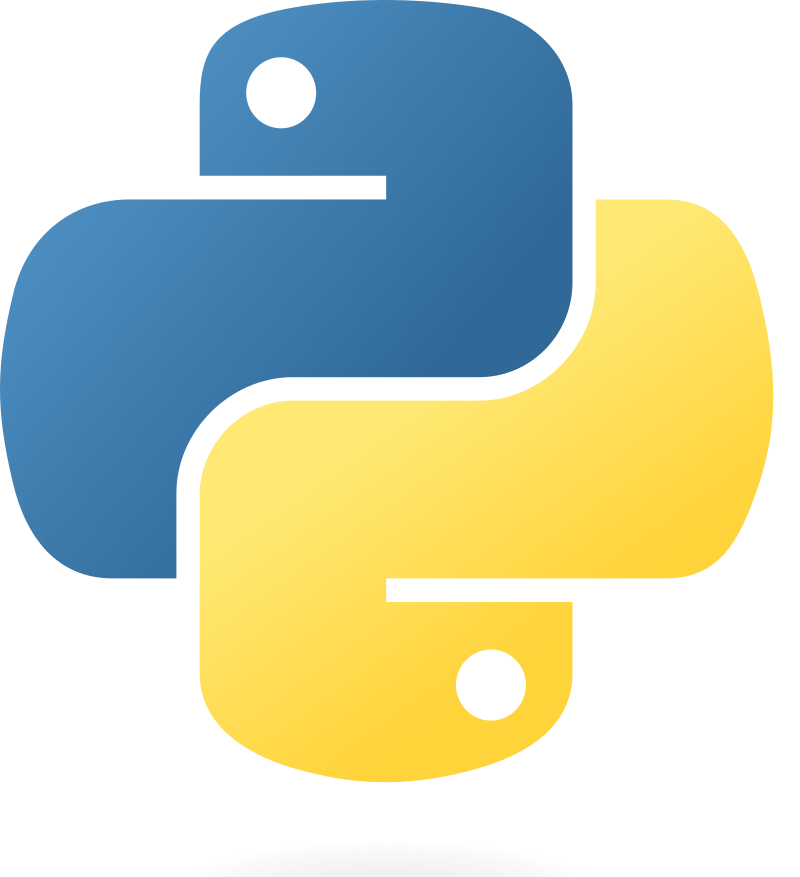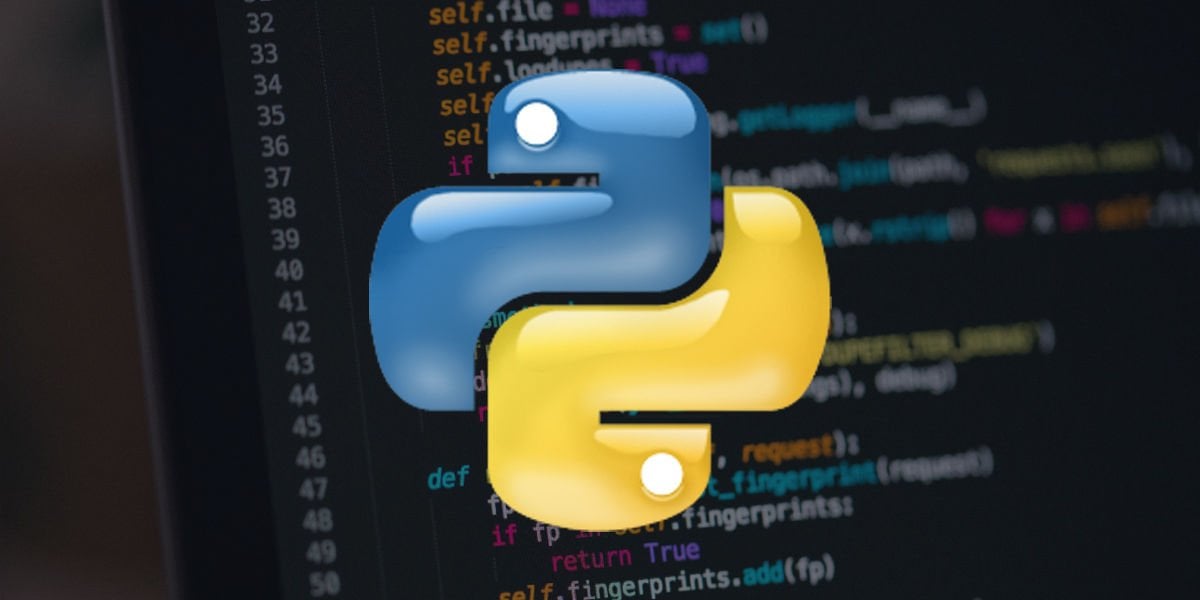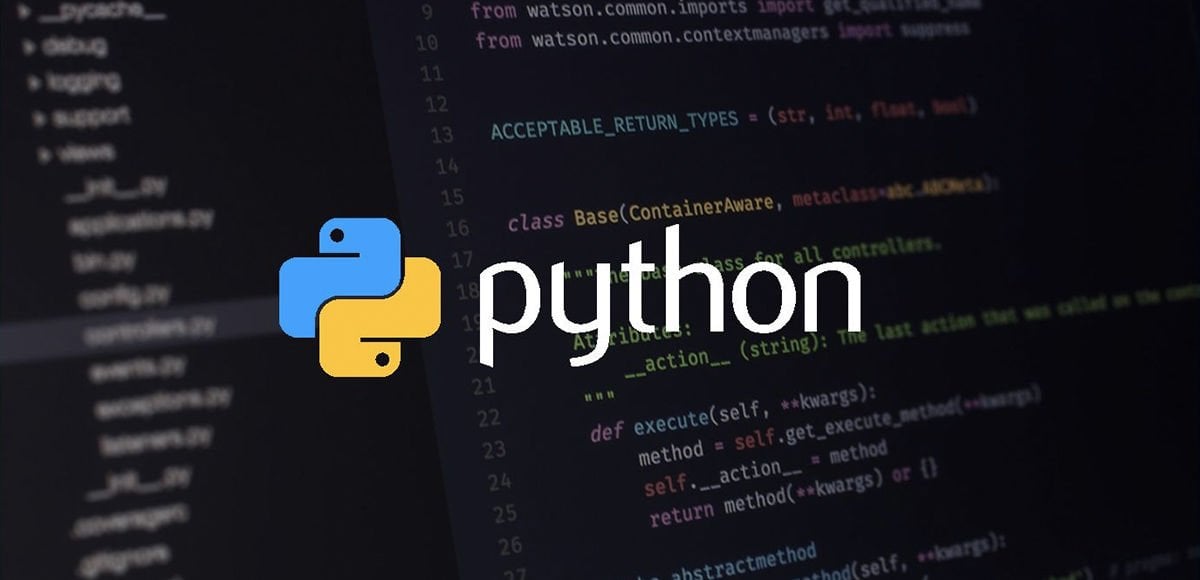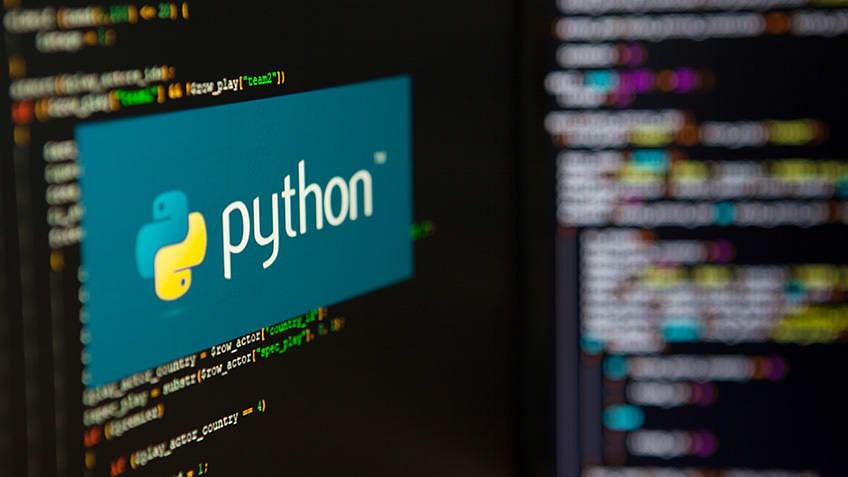The Comprehensive Guide to Python Programming
Introduction
Python, a versatile and powerful programming language, has become a staple in the world of software development. Known for its simplicity, readability, and extensive libraries, Python caters to a broad range of applications, from web development to scientific computing. In this comprehensive guide, we'll delve into the various facets of Python, exploring its history, features, syntax, applications, and future prospects.
1. A Brief History of Python
1.1 Origins
Python was conceived by Guido van Rossum in the late 1980s and first released in 1991. Guido aimed to create a language that prioritized code readability and ease of use, with a syntax that allowed developers to express concepts in fewer lines of code than languages like C++ or Java.
1.2 Evolution
Python's development has seen several major versions, with Python 2 and Python 3 being the most significant. Python 3, introduced in 2008, brought improvements, optimizations, and a commitment to fixing inconsistencies. Despite this, Python 2 lingered for years due to existing codebases, but official support for Python 2 ended in 2020, encouraging a full transition to Python 3.
2. Features of Python
2.1 Readability and Simplicity
One of Python's standout features is its readability. The language enforces a clean and readable code style, using indentation to denote blocks, eliminating the need for braces. This simplicity not only makes Python code easy to write but also enhances collaboration among developers.
2.2 Versatility
Python is a general-purpose language, excelling in various domains. It supports procedural, object-oriented, and functional programming paradigms, making it adaptable to different project requirements. Its versatility is evident in applications ranging from web development to data science.
2.3 Extensive Standard Library
Python's standard library is a treasure trove of modules and packages, providing ready-to-use functionality for tasks like file I/O, networking, and web development. This rich ecosystem minimizes the need for external dependencies, simplifying the development process.
3. Python Syntax
3.1 Indentation
Python's use of indentation for block delimiters sets it apart. While other languages rely on braces or keywords, Python uses consistent indentation to define code blocks. This enforces clean and readable code, but developers must be mindful of proper indentation levels.
3.2 Dynamic Typing
Python is dynamically typed, allowing variables to be assigned without explicit type declarations. This flexibility streamlines code development but requires careful consideration to avoid runtime errors.
3.3 Object-Oriented Paradigm
Python supports object-oriented programming, allowing developers to structure code using classes and objects. This paradigm promotes code reusability and modularity, enhancing the maintainability of large projects.
4. Applications of Python
4.1 Web Development
Frameworks like Django and Flask have made Python a popular choice for web development. Django, a high-level web framework, follows the "Don't Repeat Yourself" (DRY) principle, enabling rapid development of scalable and maintainable web applications.
4.2 Data Science and Machine Learning
Python's robust libraries, including NumPy, Pandas, and scikit-learn, have established it as a go-to language for data science and machine learning. Jupyter Notebooks provide an interactive environment for data exploration and analysis.
4.3 Automation and Scripting
Python's ease of use and cross-platform compatibility make it ideal for automation and scripting tasks. The simplicity of syntax allows developers to quickly write scripts for tasks like file manipulation, system administration, and more.
5. Python in the Future
5.1 Emerging Technologies
Python's influence is expanding into emerging technologies such as artificial intelligence, blockchain, and the Internet of Things (IoT). Libraries like TensorFlow and PyTorch dominate the AI landscape, while MicroPython facilitates Python usage in resource-constrained IoT devices.
5.2 Community and Collaboration
Python's community is vibrant and inclusive. The Python Software Foundation (PSF) oversees the language's development, and the community actively contributes to open-source projects. Collaboration and shared knowledge drive the continuous improvement of Python.
6. Conclusion
Python's journey from its inception to its current prominence underscores its resilience and adaptability. Whether you're a beginner exploring programming or an experienced developer seeking a versatile language, Python's strengths in readability, versatility, and extensive libraries make it a compelling choice.
This guide has touched on key aspects of Python, providing a foundation for further exploration. As the language continues to evolve, its impact on diverse industries and emerging technologies is set to grow, solidifying Python's position as a cornerstone of modern programming.
7. Python Best Practices and Tips
7.1 PEP 8: The Style Guide for Python Code
Python Enhancement Proposal 8 (PEP 8) serves as the style guide for writing clean, readable, and consistent Python code. Adhering to PEP 8 ensures that your code is easily understandable by other developers and maintains a consistent look and feel across projects.
7.2 Virtual Environments
Python's venv and virtualenv tools allow developers to create isolated environments for their projects. Virtual environments help manage dependencies, preventing conflicts between different projects. This practice is essential for maintaining a clean and reproducible development environment.
7.3 Use of List Comprehensions
List comprehensions are a concise and readable way to create lists in Python. They provide a syntactic sugar for creating lists based on existing iterables. Utilizing list comprehensions can lead to more efficient and expressive code.
8. Python and Big Data
Python has gained significant traction in the realm of big data processing and analytics. Apache Spark, a popular big data processing framework, provides a PySpark API that allows developers to write Spark applications in Python. This integration facilitates the handling of large-scale data processing and analytics tasks using Python's familiar syntax.
9. Python in Education
Python's readability and simplicity make it an excellent choice for educational purposes. Many universities and schools use Python as a starting language for computer science courses. Platforms like Raspberry Pi leverage Python as their primary programming language, introducing students to the world of programming and electronics.
10. Challenges and Limitations
10.1 Global Interpreter Lock (GIL)
One notable limitation of CPython, the default Python interpreter, is the Global Interpreter Lock (GIL). The GIL restricts the execution of multiple threads in parallel, impacting the performance of multithreaded Python programs. Alternative implementations like Jython and IronPython address this limitation, but they have their own trade-offs.
10.2 Speed and Performance
While Python's simplicity and readability are strengths, they can come at the cost of raw execution speed. In scenarios where performance is critical, other languages like C or C++ might be preferred. However, tools like Cython allow developers to optimize performance-critical sections of Python code.
11. Python Community and Resources
11.1 Online Communities
The Python community is vast and supportive. Websites like Stack Overflow, Reddit's r/Python, and the official Python forum are excellent resources for seeking help, sharing knowledge, and staying updated on the latest developments.
11.2 Learning Resources
Numerous online platforms offer Python tutorials, courses, and documentation for learners of all levels. Websites like Codecademy, Real Python, and the official Python documentation provide a wealth of information for both beginners and experienced developers.
12. Future Trends and Innovations
12.1 WebAssembly and Python
WebAssembly (Wasm) is a binary instruction format that enables high-performance execution of code on web browsers. Python is exploring integration with WebAssembly, opening up new possibilities for running Python code in web environments with enhanced performance.
12.2 Quantum Computing and Python
With the rise of quantum computing, efforts are underway to integrate Python with quantum computing frameworks. Libraries like Qiskit for IBM Quantum and Cirq for Google's Quantum AI are making quantum computing accessible to Python developers.
You can check it if you want:
- Why Python programming So Important | BULB (bulbapp.io)
- Python Programlama Dili: Kolay, Güçlü ve Çeşitli Kullanım Alanları | BULB (bulbapp.io)





















































![[ℕ𝕖𝕧𝕖𝕣] 𝕊𝕖𝕝𝕝 𝕐𝕠𝕦𝕣 𝔹𝕚𝕥𝕔𝕠𝕚𝕟 - I Think I Have Crypto PTSD](https://cdn.bulbapp.io/frontend/images/819e7cdb-b6d8-4508-8a8d-7f1106719ecd/1)






